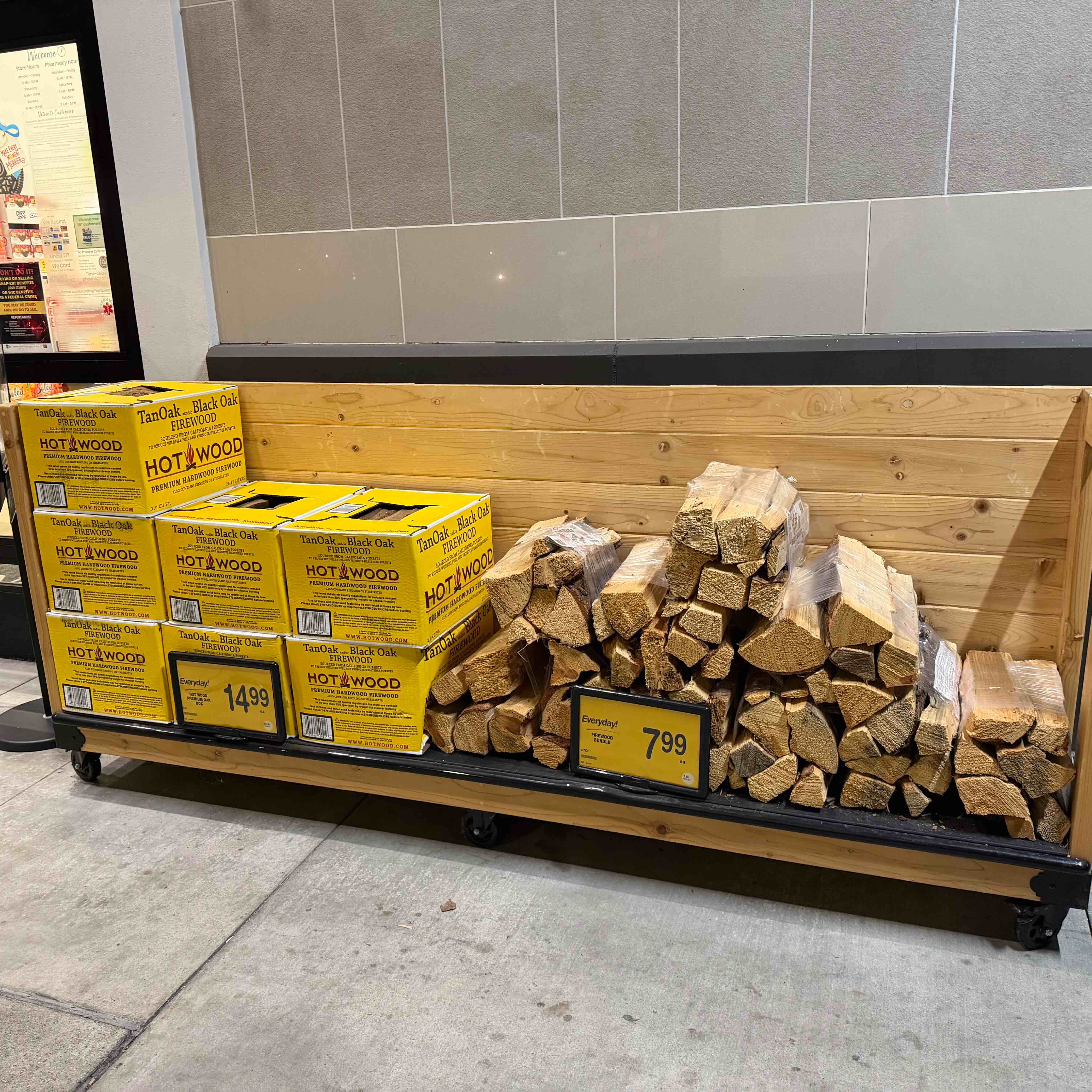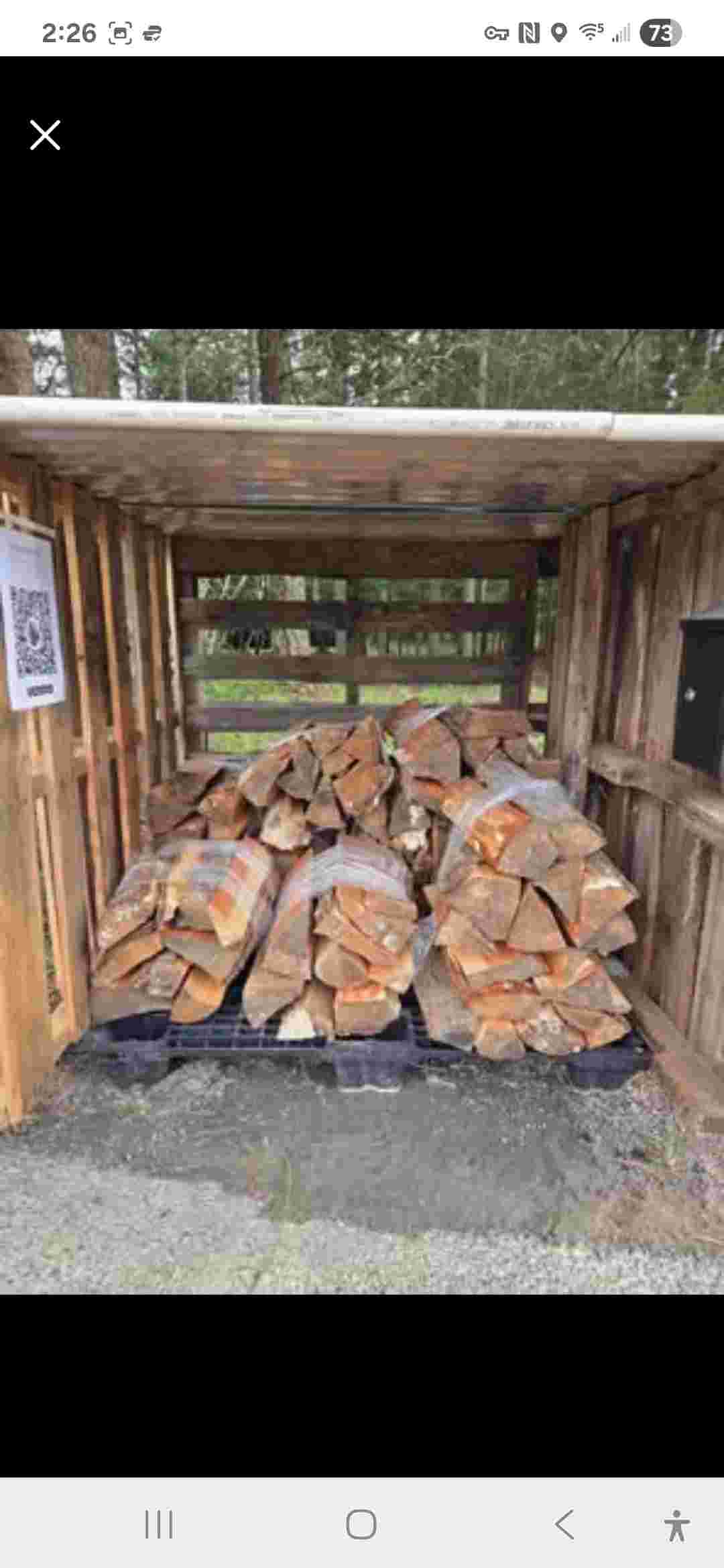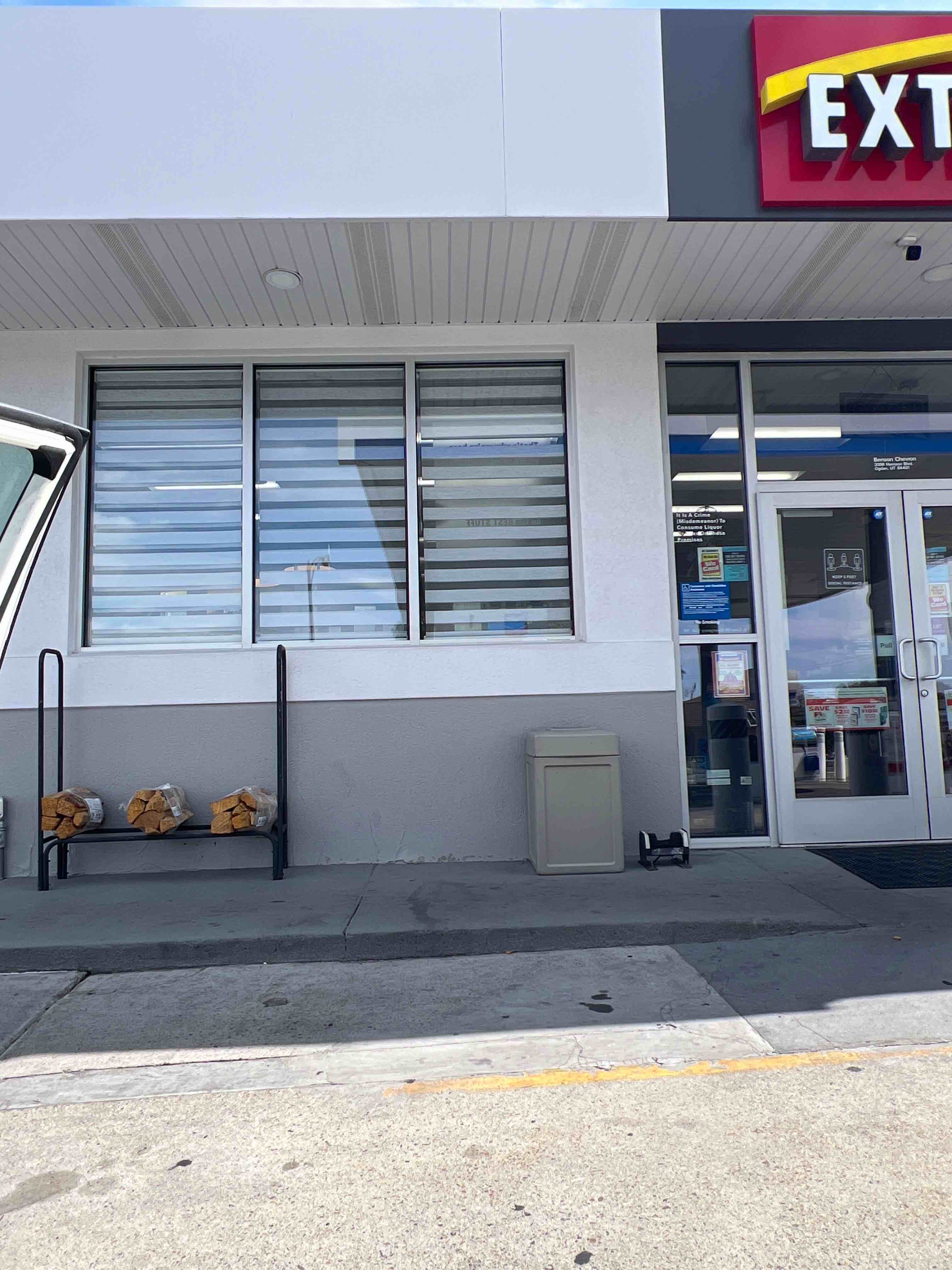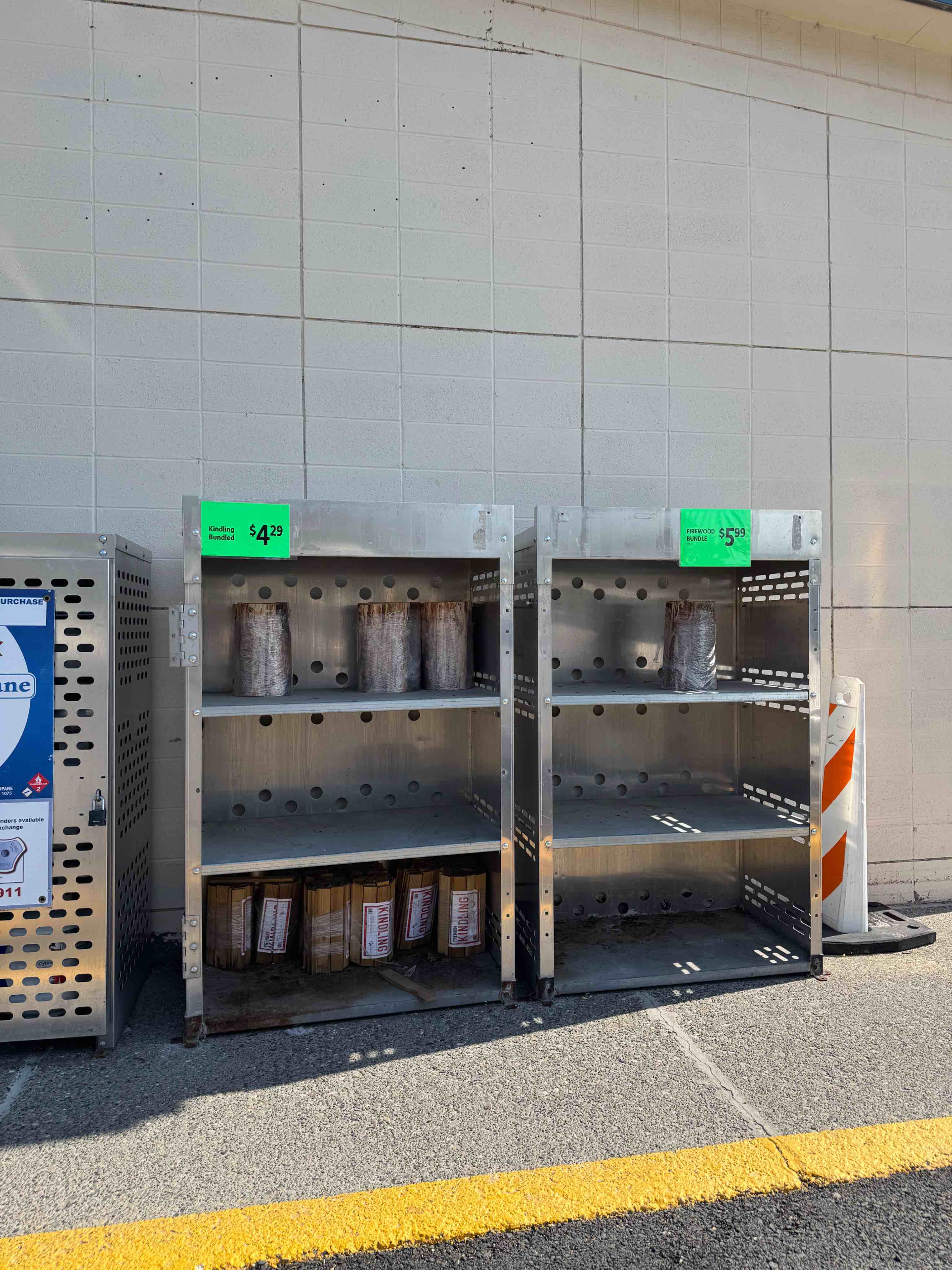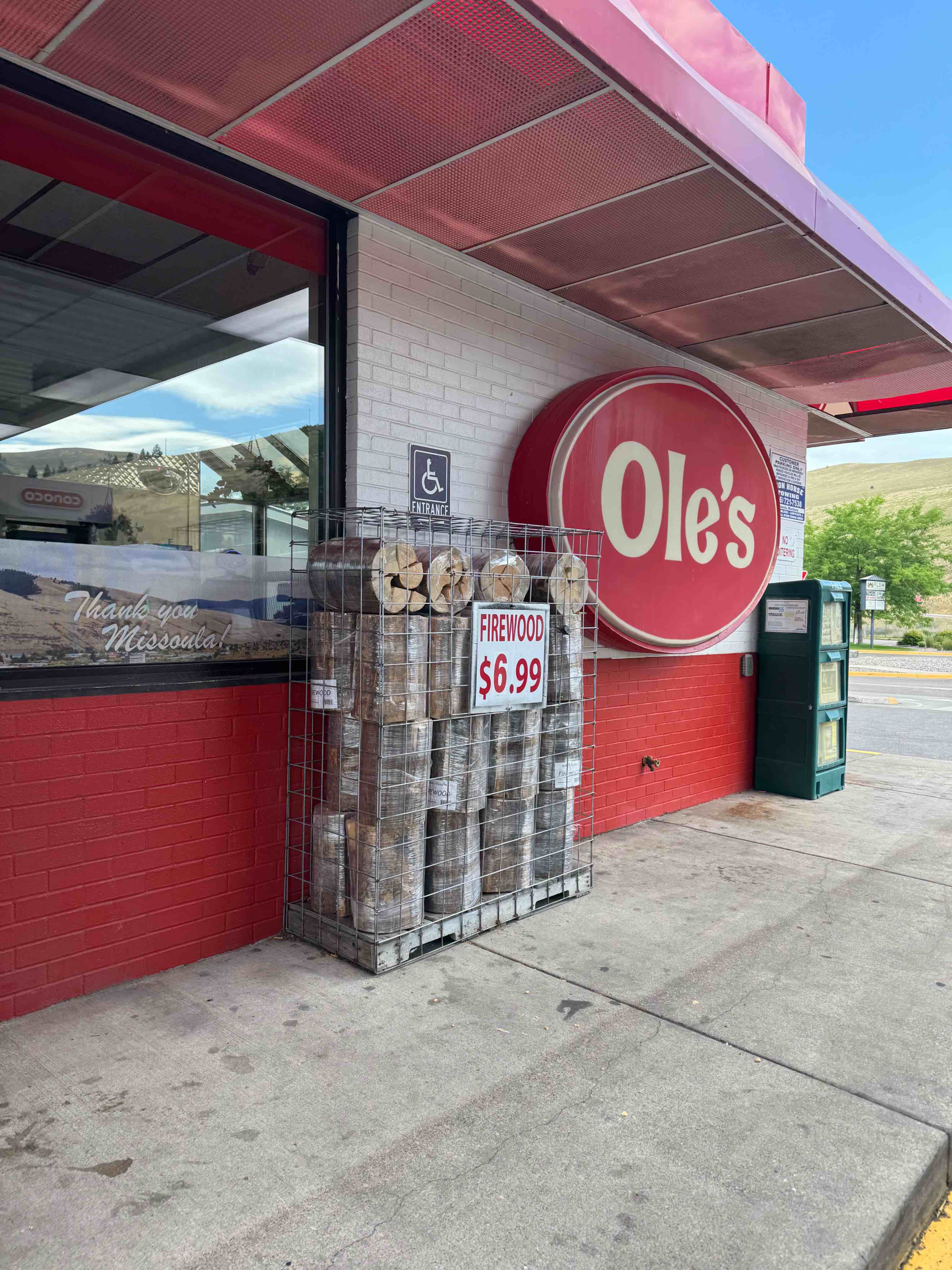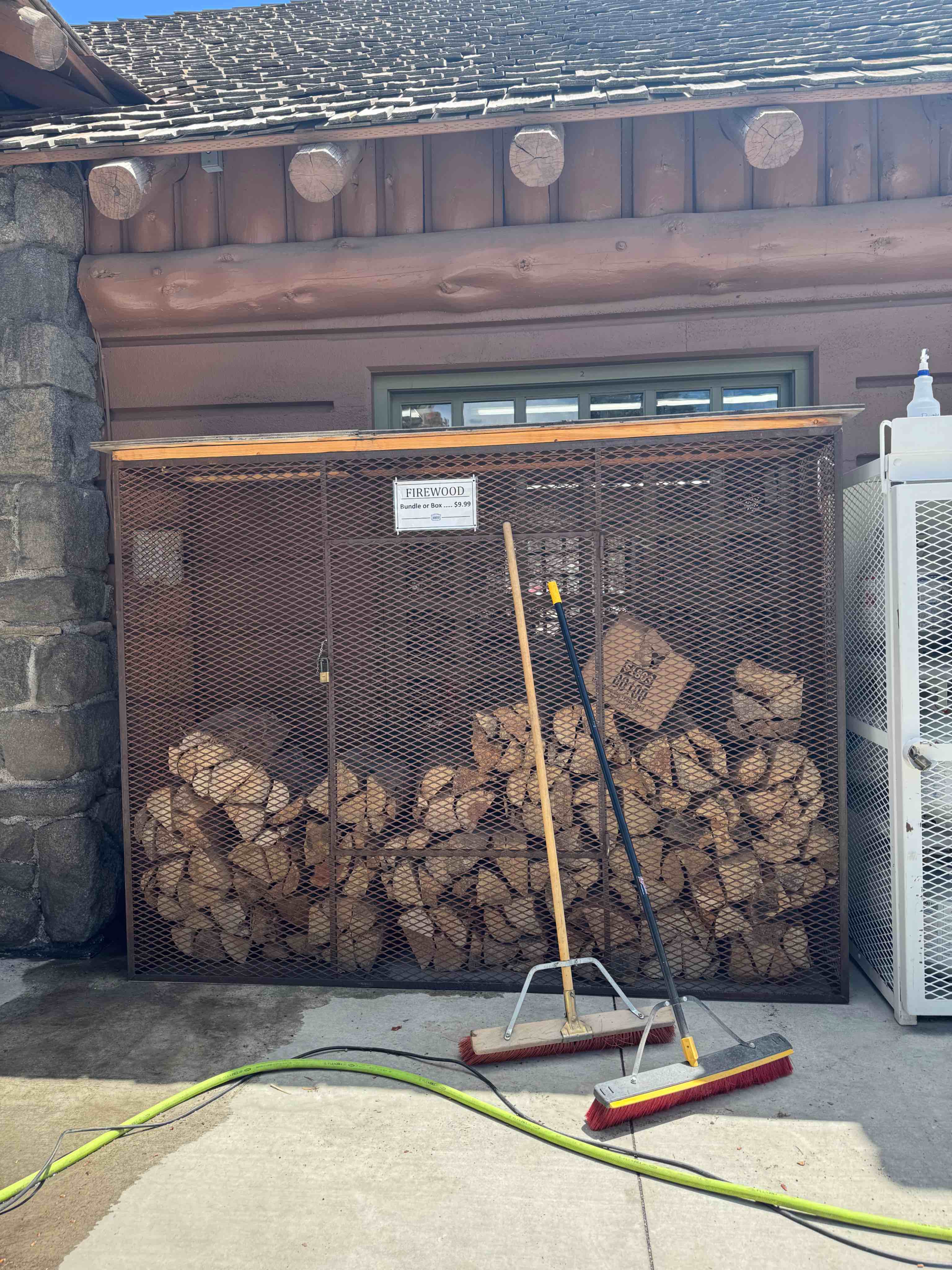Wildfires are a growing concern in many parts of the world, especially in fire-prone areas. If you're passionate about protecting our forests and communities, joining a wildland fire crew or fire department can be a rewarding career or volunteer opportunity. This guide will help you understand what it takes to join a fire crew, the training involved, and what to expect on the job.
Why Join a Wildland Fire Crew?
Joining a wildland fire crew offers a sense of purpose by making a tangible difference in the fight against wildfires. It provides an adventurous work environment with diverse and challenging landscapes. It promotes teamwork through collaboration with dedicated professionals, building strong camaraderie. Moreover, it offers potential for career advancement and specialization within the field.
Understanding the Role
Wildland firefighters tackle fires in forests, grasslands, and other natural areas. The work is physically demanding and often involves long hours in rugged terrain. Key responsibilities include:
- Fire Suppression: Using tools and techniques to control and extinguish wildfires.
- Fire Prevention: Implementing strategies to reduce the risk of future fires, such as controlled burns.
- Rescue Operations: Assisting in the evacuation and rescue of individuals affected by fires.
- Maintenance: Upkeeping equipment and ensuring readiness for deployment.
Qualifications and Requirements
Before you can join a wildland fire crew, you must meet certain qualifications and requirements:
- Age and Education: Typically, you must be at least 18 years old with a high school diploma or equivalent.
- Physical Fitness: You must pass a physical fitness test, which often includes a pack test (carrying a 45-pound pack for 3 miles within 45 minutes).
- Certifications: Obtain certifications such as the Basic Wildland Firefighter Training (S-130/190) and Introduction to ICS (Incident Command System).
- Background Check: A clear background check is usually required.
You can learn more about what’s required to become a wildland firefighter using the National Interagency Fire Center’s Careers Resource. Check it out →
Training Programs
Training is a crucial part of becoming a wildland firefighter. Here’s what you can expect:
- Basic Wildland Firefighter Training (S-130/190): This course covers fire behavior, safety protocols, and firefighting techniques. Learn More Here →
- Incident Command System (ICS) Training: Understanding the organizational structure used in wildfire management. Learn More →
- Physical Fitness Training: Preparing physically for the demands of the job. Check out the National Interagency Fire Center Fitness Challenge. Learn More →
Finding Opportunities
There are various avenues to find opportunities in wildland firefighting:
Federal Agencies:
Agencies like the U.S. Forest Service, Bureau of Land Management (BLM), and National Park Service (NPS) often hire seasonal and permanent firefighters.
State and Local Agencies:
State forestry departments and local fire departments also recruit wildland firefighters. You can find your state or nearby forest authorities using our directory here.
Volunteer Opportunities: Some fire departments offer volunteer positions that provide training and experience.
Life on the Fireline
Working as a wildland firefighter presents both challenges and rewards. Expect to be deployed to various locations, sometimes for prolonged periods. The living conditions can be basic, often consisting of tents or temporary shelters. The job also requires extensive teamwork, as collaboration and communication are crucial for safety and efficiency. Adhering strictly to safety protocols is essential to protect both you and your team.
Advancing Your Career
Once you’ve gained experience as a wildland firefighter, there are opportunities for advancement:
- Specialized Roles: Positions such as fire behavior analyst, smokejumper, or helitack crew member.
- Leadership Positions: Roles like crew boss or incident commander.
- Further Education: Pursuing advanced training and education in fire science or related fields.
Joining a wildland fire crew or fire department is a noble and impactful career choice. It requires dedication, physical fitness, and a willingness to work in challenging environments. If you’re passionate about protecting our natural resources and communities, this could be the perfect path for you.
.svg)

.svg)
.svg)
.svg)

.svg)
.svg)










